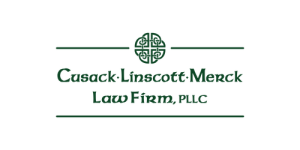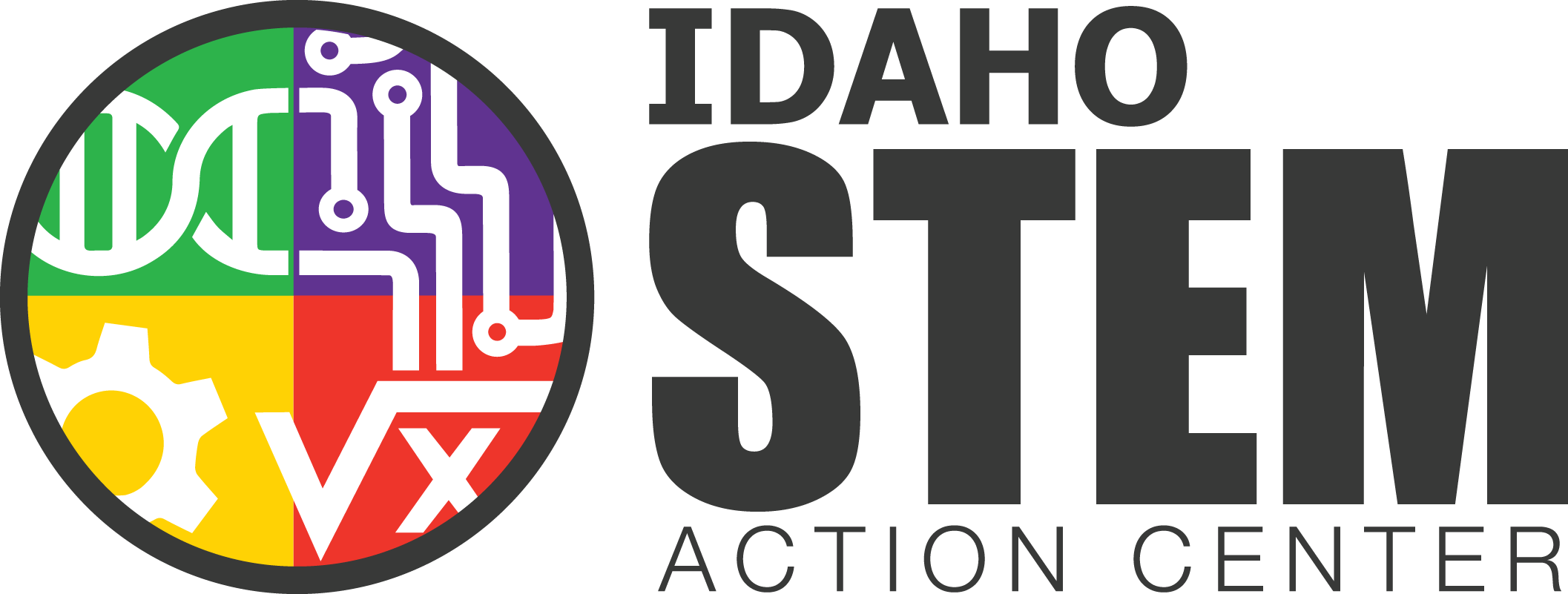Cherise Hensley-Jenkins at Cusack Linscott Merck Law Firm
 CASE #1: A BIG FIRE
CASE #1: A BIG FIRE
QUESTION: What happens when a corporation logs hundreds of acres of timber, burns the debris left behind, but never confirms the fire is out?
ANSWER: Litigation regarding a damaging wildfire and potential negligence, that’s what! Here is what I got to do while preparing for trial that could potentially involve millions awarded in damages.
- Organizing and reading depositions, highlighting useful spots for cross-examination or argument.
- Testing out the case with a focus group to determine where the strengths and weaknesses of our arguments are.
- Writing Jury Instructions that will be used to instruct the jury on legal terms and aspects of the law that will be addressed by both sides.
- Submitting Motions in Limine- otherwise known as topics or ideas that are off-limits for discussion in front of a jury because they could be influenced by the terminology or arguments incorrectly.
- Framing the Case: What is the main theme or idea you’ll push throughout the entire trial? It connects each and every plaintiff to the main idea.
- Submitting motions to the court.
Connection to Teaching?
- Anticipating what the other side will say is great for debates and argumentative writing.
- Theme is something we try to get students to care about.
- It’s neat that it applies to more situations than just the literature world.
- Giving explanation of definitions or problems before diving into an argument gives great context for later points.
- Staying organized and proofreading EVERYTHING- show students it’s not just for school assignments.
- Word choice and the impact of diction in sending a message/making an argument.
CASE #2: FAILURE TO LAUNCH
QUESTION: What happens when a father dies and leaves a multi-million dollar estate to his four adult children, one of whom never left the nest and claims more rights to the property than the other siblings?
ANSWER: A long-going legal battle happens! Here’s what I got to help with on this case:
- Organizing hearing notebook- including all the pleadings that had taken place prior to the current hearing. This is so the attorney can rely on past evidence.
- Organizing and labeling exhibits for the hearing.
- Combed through defendant’s pleadings for inconsistencies in story.
- Attended a court hearing for a reconsideration and a motion to recoup attorney fees, where evidence was admitted into the record. There were plenty of objections and rebuttals throughout, which was interesting to witness. Hearing-assistance technology was incorporated, and Zoom was also used for attorneys or witnesses who could not attend in person. I found it interesting that Zoom was a viable option and trusted for such important hearings.
Connection to Teaching?
- Recognizing key details also applies to analysis of literature. (Example: Foreshadowing)
- Close reading real-world application
- Could instruct students on appropriate behavior for professional settings
- Conflict resolution
NetDocuments Database for document saving and security. When completing estate planning, we are given very sensitive information about clients. To take care that this information is safe, it is scanned into a secure server and is organized into password protected areas. Original copies are given back to the client and paper copies are shredded by a security company that works with the firm.
Zoom meetings with co-attorneys to plan trial preparation duties, discuss strategy, and delegate important tasks in the weeks leading up to the trial.
I’m very thankful for the opportunity the STEM program provided me this summer, because I’ve truly enjoyed the experience working here at Cusack Linscott Merck and hope to continue to do so in the future!
Disclaimer: Due to the sensitive nature of some of the documents and trials I was working on, I cannot give too many details or photos regarding particular cases. I signed a confidentiality agreement to protect clients and the law firm.
Grade Level and Subject Taught: English – 11th Grade

